Citibank 2012 Annual Report Download - page 230
Download and view the complete annual report
Please find page 230 of the 2012 Citibank annual report below. You can navigate through the pages in the report by either clicking on the pages listed below, or by using the keyword search tool below to find specific information within the annual report.-
 1
1 -
 2
2 -
 3
3 -
 4
4 -
 5
5 -
 6
6 -
 7
7 -
 8
8 -
 9
9 -
 10
10 -
 11
11 -
 12
12 -
 13
13 -
 14
14 -
 15
15 -
 16
16 -
 17
17 -
 18
18 -
 19
19 -
 20
20 -
 21
21 -
 22
22 -
 23
23 -
 24
24 -
 25
25 -
 26
26 -
 27
27 -
 28
28 -
 29
29 -
 30
30 -
 31
31 -
 32
32 -
 33
33 -
 34
34 -
 35
35 -
 36
36 -
 37
37 -
 38
38 -
 39
39 -
 40
40 -
 41
41 -
 42
42 -
 43
43 -
 44
44 -
 45
45 -
 46
46 -
 47
47 -
 48
48 -
 49
49 -
 50
50 -
 51
51 -
 52
52 -
 53
53 -
 54
54 -
 55
55 -
 56
56 -
 57
57 -
 58
58 -
 59
59 -
 60
60 -
 61
61 -
 62
62 -
 63
63 -
 64
64 -
 65
65 -
 66
66 -
 67
67 -
 68
68 -
 69
69 -
 70
70 -
 71
71 -
 72
72 -
 73
73 -
 74
74 -
 75
75 -
 76
76 -
 77
77 -
 78
78 -
 79
79 -
 80
80 -
 81
81 -
 82
82 -
 83
83 -
 84
84 -
 85
85 -
 86
86 -
 87
87 -
 88
88 -
 89
89 -
 90
90 -
 91
91 -
 92
92 -
 93
93 -
 94
94 -
 95
95 -
 96
96 -
 97
97 -
 98
98 -
 99
99 -
 100
100 -
 101
101 -
 102
102 -
 103
103 -
 104
104 -
 105
105 -
 106
106 -
 107
107 -
 108
108 -
 109
109 -
 110
110 -
 111
111 -
 112
112 -
 113
113 -
 114
114 -
 115
115 -
 116
116 -
 117
117 -
 118
118 -
 119
119 -
 120
120 -
 121
121 -
 122
122 -
 123
123 -
 124
124 -
 125
125 -
 126
126 -
 127
127 -
 128
128 -
 129
129 -
 130
130 -
 131
131 -
 132
132 -
 133
133 -
 134
134 -
 135
135 -
 136
136 -
 137
137 -
 138
138 -
 139
139 -
 140
140 -
 141
141 -
 142
142 -
 143
143 -
 144
144 -
 145
145 -
 146
146 -
 147
147 -
 148
148 -
 149
149 -
 150
150 -
 151
151 -
 152
152 -
 153
153 -
 154
154 -
 155
155 -
 156
156 -
 157
157 -
 158
158 -
 159
159 -
 160
160 -
 161
161 -
 162
162 -
 163
163 -
 164
164 -
 165
165 -
 166
166 -
 167
167 -
 168
168 -
 169
169 -
 170
170 -
 171
171 -
 172
172 -
 173
173 -
 174
174 -
 175
175 -
 176
176 -
 177
177 -
 178
178 -
 179
179 -
 180
180 -
 181
181 -
 182
182 -
 183
183 -
 184
184 -
 185
185 -
 186
186 -
 187
187 -
 188
188 -
 189
189 -
 190
190 -
 191
191 -
 192
192 -
 193
193 -
 194
194 -
 195
195 -
 196
196 -
 197
197 -
 198
198 -
 199
199 -
 200
200 -
 201
201 -
 202
202 -
 203
203 -
 204
204 -
 205
205 -
 206
206 -
 207
207 -
 208
208 -
 209
209 -
 210
210 -
 211
211 -
 212
212 -
 213
213 -
 214
214 -
 215
215 -
 216
216 -
 217
217 -
 218
218 -
 219
219 -
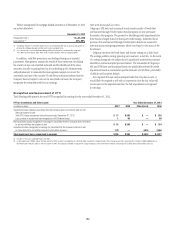 220
220 -
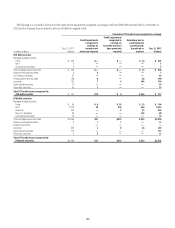 221
221 -
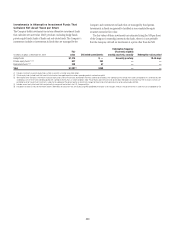 222
222 -
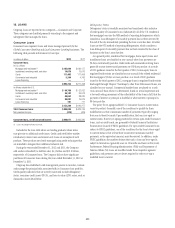 223
223 -
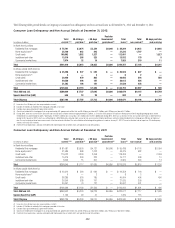 224
224 -
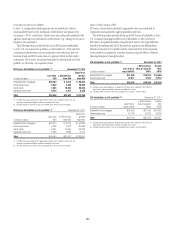 225
225 -
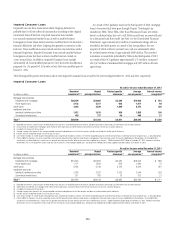 226
226 -
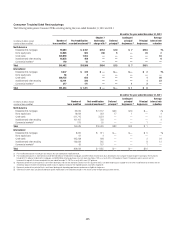 227
227 -
 228
228 -
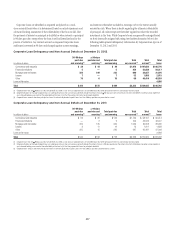 229
229 -
 230
230 -
 231
231 -
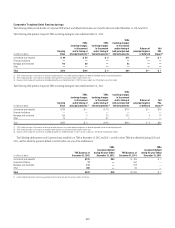 232
232 -
 233
233 -
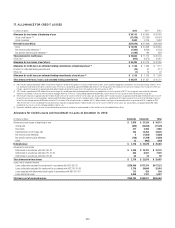 234
234 -
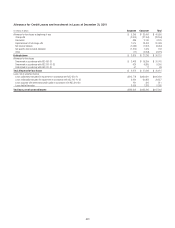 235
235 -
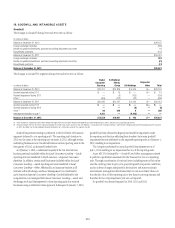 236
236 -
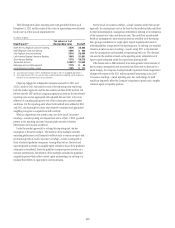 237
237 -
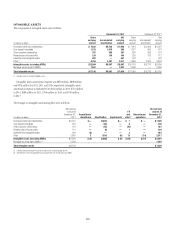 238
238 -
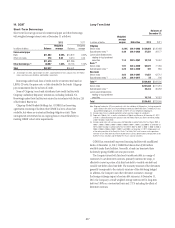 239
239 -
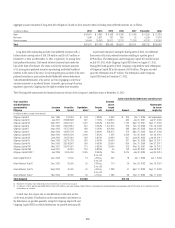 240
240 -
 241
241 -
 242
242 -
 243
243 -
 244
244 -
 245
245 -
 246
246 -
 247
247 -
 248
248 -
 249
249 -
 250
250 -
 251
251 -
 252
252 -
 253
253 -
 254
254 -
 255
255 -
 256
256 -
 257
257 -
 258
258 -
 259
259 -
 260
260 -
 261
261 -
 262
262 -
 263
263 -
 264
264 -
 265
265 -
 266
266 -
 267
267 -
 268
268 -
 269
269 -
 270
270 -
 271
271 -
 272
272 -
 273
273 -
 274
274 -
 275
275 -
 276
276 -
 277
277 -
 278
278 -
 279
279 -
 280
280 -
 281
281 -
 282
282 -
 283
283 -
 284
284 -
 285
285 -
 286
286 -
 287
287 -
 288
288 -
 289
289 -
 290
290 -
 291
291 -
 292
292 -
 293
293 -
 294
294 -
 295
295 -
 296
296 -
 297
297 -
 298
298 -
 299
299 -
 300
300 -
 301
301 -
 302
302 -
 303
303 -
 304
304 -
 305
305 -
 306
306 -
 307
307 -
 308
308 -
 309
309 -
 310
310 -
 311
311 -
 312
312 -
 313
313 -
 314
314 -
 315
315 -
 316
316 -
 317
317 -
 318
318 -
 319
319 -
 320
320 -
 321
321 -
 322
322 -
 323
323 -
 324
324
 |
 |
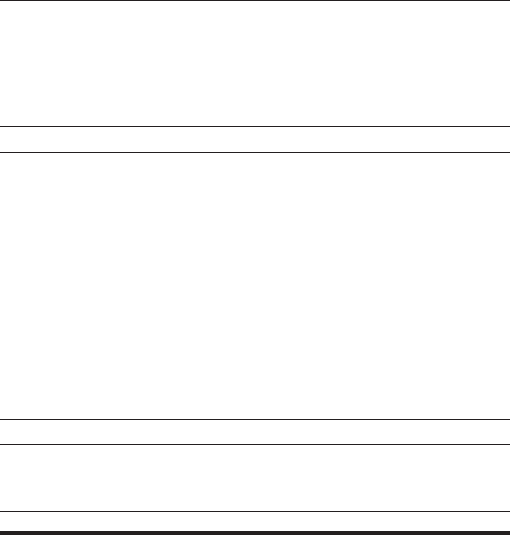
208
Citigroup has a risk management process to monitor, evaluate and
manage the principal risks associated with its Corporate loan portfolio. As
part of its risk management process, Citi assigns numeric risk ratings to its
Corporate loan facilities based on quantitative and qualitative assessments
of the obligor and facility. These risk ratings are reviewed at least annually
or more often if material events related to the obligor or facility warrant.
Factors considered in assigning the risk ratings include: financial condition
of the obligor, qualitative assessment of management and strategy, amount
and sources of repayment, amount and type of collateral and guarantee
arrangements, amount and type of any contingencies associated with the
obligor, and the obligor’s industry and geography.
The obligor risk ratings are defined by ranges of default probabilities. The
facility risk ratings are defined by ranges of loss norms, which are the product
of the probability of default and the loss given default. The investment grade
rating categories are similar to the category BBB-/Baa3 and above as defined
by S&P and Moody’s. Loans classified according to the bank regulatory
definitions as special mention, substandard and doubtful will have risk
ratings within the non-investment grade categories.
Corporate Loans Credit Quality Indicators at
December 31, 2012 and December 31, 2011
Recorded investment in loans (1)
In millions of dollars
December 31,
2012
December 31,
2011
Investment grade (2)
Commercial and industrial $ 73,822 $ 67,282
Financial institutions 43,895 35,159
Mortgage and real estate 12,587 10,729
Leases 1,404 1,161
Other 42,575 42,428
Total investment grade $174,283 $156,759
Non-investment grade (2)
Accrual
Commercial and industrial $ 33,876 $ 30,998
Financial institutions 9,968 7,485
Mortgage and real estate 2,858 3,812
Leases 559 664
Other 3,915 4,293
Non-accrual
Commercial and industrial 1,078 1,134
Financial institutions 454 763
Mortgage and real estate 680 1,039
Leases 52 13
Other 69 287
Total non-investment grade $ 53,509 $ 50,488
Private Banking loans managed on a
delinquency basis (2) $ 14,945 $ 12,716
Loans at fair value 4,056 3,939
Corporate loans, net of unearned income $246,793 $223,902
(1) Recorded investment in a loan includes net deferred loan fees and costs, unamortized premium or
discount, less any direct write-downs.
(2) Held-for-investment loans accounted for on an amortized cost basis.
Corporate loans and leases identified as impaired and placed on
non-accrual status are written down to the extent that principal is judged
to be uncollectible. Impaired collateral-dependent loans and leases, where
repayment is expected to be provided solely by the sale of the underlying
collateral and there are no other available and reliable sources of repayment,
are written down to the lower of cost or collateral value, less cost to sell.
Cash-basis loans are returned to an accrual status when all contractual
principal and interest amounts are reasonably assured of repayment and
there is a sustained period of repayment performance, generally six months,
in accordance with the contractual terms of the loan.
